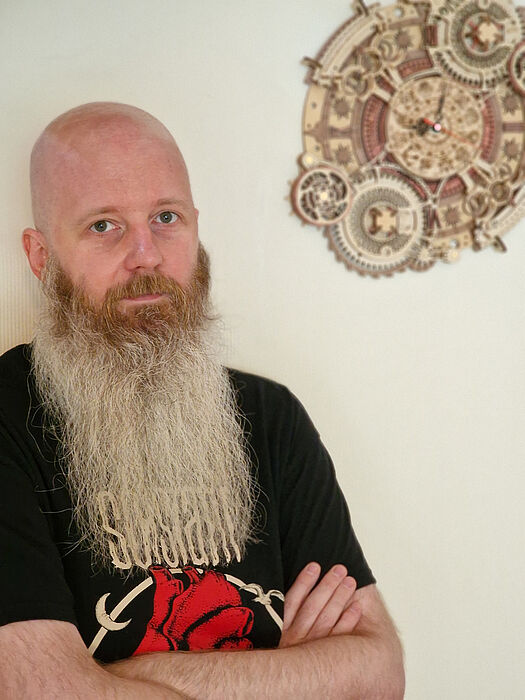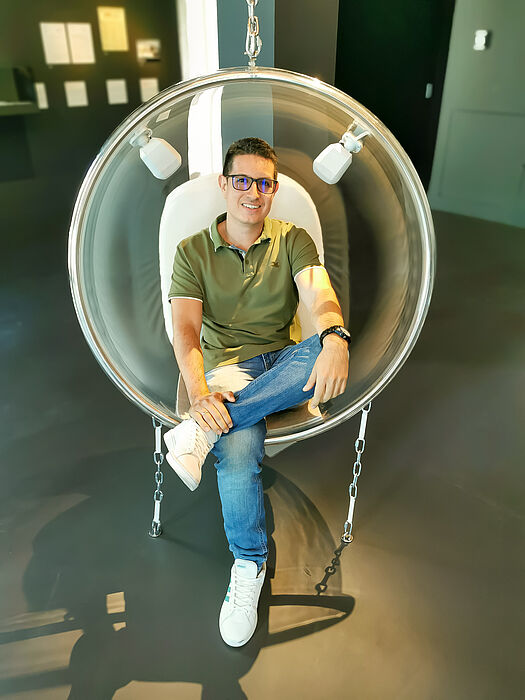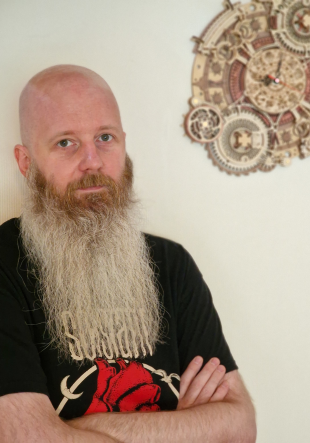Alexander von Humboldt Foundation awards Georg Forster Research Fellowship to Colombian researcher at Paderborn University
Dr Jaime Andres Garcia Diosa from the University of Valle in Colombia has been awarded a Georg Forster Research Fellowship by the Alexander von Humboldt Foundation. This will enable the scientist to conduct research in the field of biomaterials in the Department of Chemistry at Paderborn University for a period of two years from Winter Semester 2022/23. Dr Adrian Keller is supervising the research. The two scientists are further developing a method that can be used in the treatment of both tumours and bacterial infections. The fellowship, named after writer and globetrotter Georg Forster, is aimed at postdoctoral and experienced researchers from developing and emerging countries. With this fellowship, the Humboldt Foundation acknowledges the important role of researchers from these countries in achieving the UN’s 17 sustainable development goals.
Garcia Diosa’s research focuses on photodynamic therapy (PDT). This is a method for treating tumours and similar changes in tissue with the help of light and photosensitisers, special light-activated substances. The method can also be used to treat bacterial infections, although so far little research has been conducted into this. To change this, Keller and Garcia Diosa are working on DNA nanostructures for the targeted transport of photosensitisers to the surface of bacterial cells. The goal is to increase the efficiency of photodynamic therapy.
Garcia Diosa was a guest researcher in Paderborn for four months back in 2019, as part of a DAAD research scholarship. This led to a research collaboration between Paderborn University and the University of Valle with the focus on photodynamic cancer therapy with titanium dioxide nanomaterials. Keller explains: “In the current project, we now want to focus on bacterial infections. Photodynamic therapy is a particularly promising alternative here to conventional antibiotics, as it is neither hindered by anti-microbial resistance, nor does it contribute to the emergence of such resistance.”
The physicist has high hopes of the collaboration: “Due to the increase in infections with multi-resistant germs worldwide, there’s an immense need for new and unconventional therapies. With Dr Garcia Diosa’s expertise in photodynamic therapy and our experience in DNA nanotechnology, we’re now able to develop and test new therapeutic approaches to help overcome the global antibiotic resistance crisis.”



